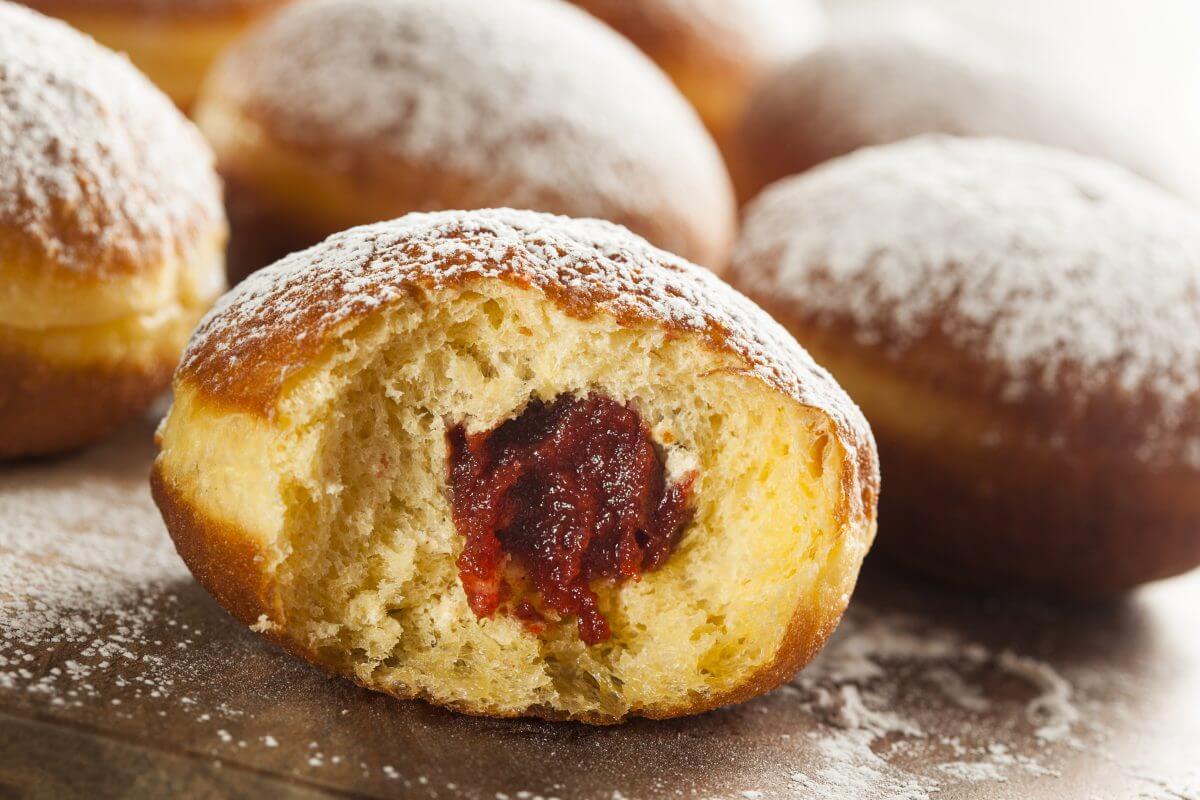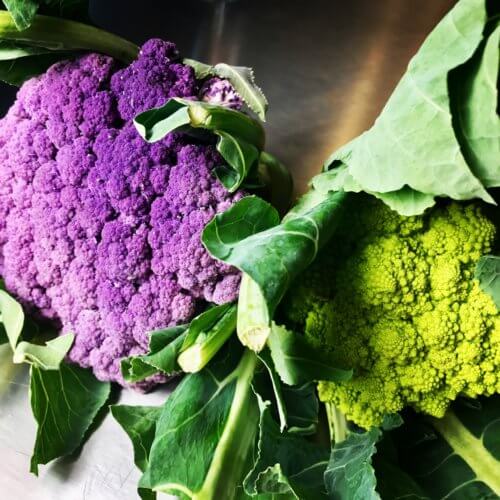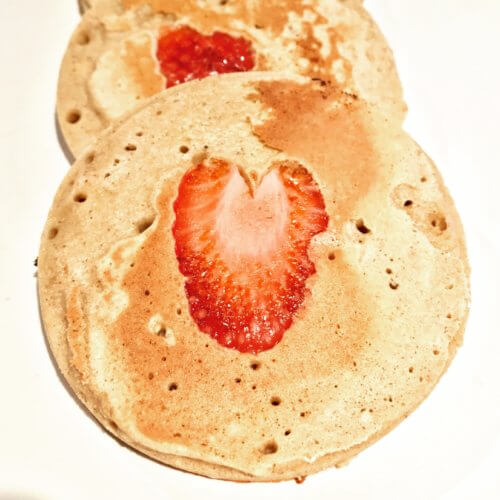What comes to your mind when you hear: “doughnut” (other than – yum!)? The American style ring shaped sweet with chocolate, sprinkles, caramel or simply glazed with sugar, custard or jam filled bun or another one of the numerous varieties from around the world? Whichever image is conjured up, for most of us they are connections to our childhood, traditionally unhealthy but certainly a wonderful treat! However, what do you actually know about these baked goods?
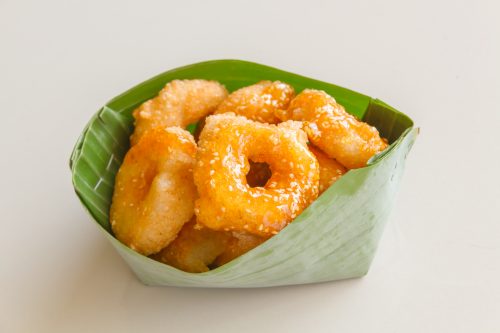
The doughnut’s origin is uncertain with plenty of individuals claiming credit along the way. One of these, Elizabeth Gregory, mother of an American sea captain, adapted her son’s technique of stamping a whole in the confectionary to ensure even cooking (or possibly just to save on ingredients) and adding spices to the dough. As far as we know today, first printed mention was in 1809, in Washington Irving’s History of New York . The story of the doughnut involves Dutch immigrants in modern day Manhattan making something they referred to as ‘oily cakes’ in the 19th century, Russian exiles, French bakers and a number of Native Americans.
However, we know that doughnuts became hugely popular during WW1 when these baked goodies were sent to home sick Americans in the trenches in France. Then came industrialisation and the first doughnut machine made an appearance in the 1920 with many improvements since!
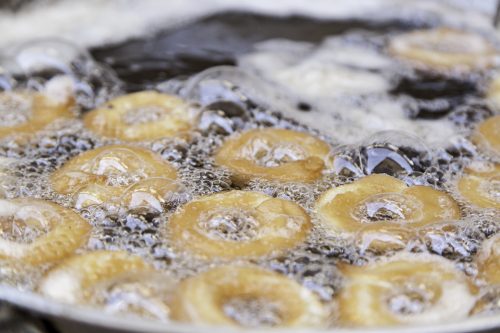
There are countless varieties around the world. Just like dumplings, most countries have their version of this dish. The flour based dough is usually cooked in fat (deep-fried) and is either yeast risen (like bread), or cake batter based (which tends to be denser). You have the Czech koblihy, beignets from New Orleans, Swiss Berliner, Ukranian pampushky, Costa Rican puntarenas, Peruvian picarones, Thai Pa Thong Ko and the list goes on!
Doughnuts are wonderful with their slight crunch on the outside, the rich fluffy dough on the inside and comforting sweetness – no wonder they made their way around the world!
What is your favourite variety?
